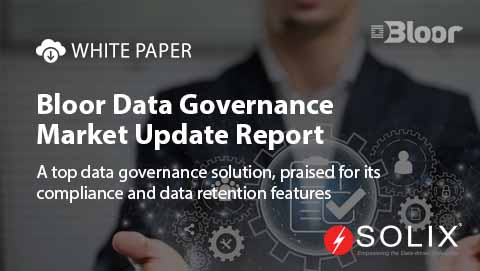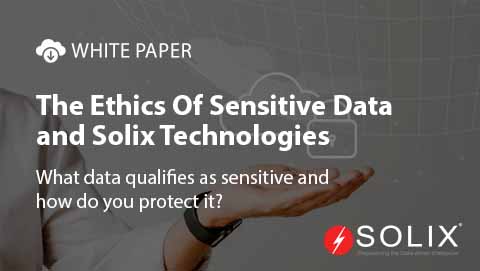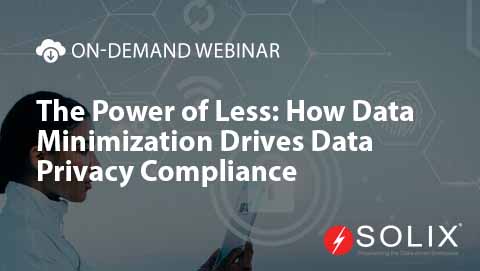Data Catalog Best
If youre searching for data catalog best practices, youre likely looking for insights into how you can manage your data assets more effectively. A data catalog serves as a centralized repository that helps organizations discover, manage, and govern their data assets. Leveraging a strong data catalog not only boosts productivity but also encourages data-driven decision-making. Lets dive into what makes a data catalog truly the best it can be, and how you can implement these practices in your organization.
When I first started exploring data catalogs, I was overwhelmed by the sheer volume of data and the varying degrees of accessibility in my organization. I distinctly remember one project where team members struggled to find the right dataset. We spent hours digging through disorganized files. It was a classic example of how a robust data catalog could have saved us both time and frustration. The key to an effective data catalog lies in its ability to provide a clear, intuitive way to access and manage data. Heres what you need to know and implement to achieve data catalog best.
Understanding the Components of a Data Catalog
A data catalog comprises several critical components that contribute to its effectiveness. At the heart of a data catalog are metadata, which provide context to the data. This includes information about data sources, data types, and user access levels. Having detailed metadata can significantly enhance data discovery and usability. Its like having a detailed map when youre trying to find your way in a new city.
Another component of a great data catalog is search functionality. Users should be able to find datasets quickly using various filters and keywords. Implementing a user-friendly search interface ensures that your colleagues can locate what they need without unnecessarily sifting through mountains of information.
Integrating Governance and Compliance
When crafting a data catalog, integrating governance features is vital. This means ensuring that you are compliant with regulations like GDPR or HIPAA. A strong data catalog can help you track where your data is coming from and how its being used. It provides transparency, making it easier to demonstrate compliance during audits. In my experience, using governance features within a data catalog simplified reporting processes and reduced risks associated with data mismanagement. It truly becomes a risk mitigation tool.
Trustworthiness is key here. Stakeholders must feel confident that the data they are accessing is both accurate and compliant. Therefore, making sure your data catalog includes robust logging features and version history can strengthen your data governance efforts.
Usability as a Key Factor
No matter how powerful your data catalog is, if its not usable, it wont provide much value. Engaging your team in the design process can yield insights into how they will interact with the catalog, which aspects are essential, and which features may be considered superfluous. Incorporating user feedback contributes to a catalog that meets real-world needs, which is often where many data initiatives fail. From my experiences, user-centered design leads to better usability and adoption rates over time.
Connecting Data Catalog Best with Solix Solutions
This is where solutions offered by Solix come into play. Solix provides powerful tools tailored to help businesses streamline their data management processes. One such solution is the Solix Data Governance Platform, which seamlessly integrates data governance features with your data catalog. This can help organizations navigate compliance and governance effortlessly, aligning with the best practices weve discussed.
Working with platforms like Solix ensures that your data catalog is always up-to-date, compliant, and user-friendly, making it easier for your team to find the datasets they need without hours of fruitless searching.
Actionable Recommendations for Implementing Data Catalog Best
Now that weve covered what makes a data catalog effective, here are some actionable recommendations for putting these best practices into play
1. Define Clear Objectives Start by identifying what you want to achieve with your data catalog. This may range from improving data accessibility to facilitating compliance with industry regulations.
2. Involve Your Team Get input from various stakeholders who will use the catalog. Their feedback is invaluable in designing a tool that meets multiple needs across departments.
3. Prioritize Metadata Management Invest in robust metadata management. This will enhance the adaptability and usability of your data catalog.
4. Regular Updates and Audits Regularly review and update your catalog to ensure that it reflects the current state of your data assets. Periodic audits can help maintain data integrity and compliance.
5. Utilize Automation Leverage automation tools that can help you keep your data catalog dynamic. Automation reduces manual workload and minimizes human error, contributing to a more reliable system.
6. Train Users Provide training sessions for your team to familiarize them with the features and functionalities of the data catalog. Well-informed users are more likely to utilize the tool effectively.
In Wrap-Up
Incorporating data catalog best practices can significantly transform how organizations manage their data assets. By focusing on usability, governance, and user involvement, you can develop a data catalog that not only enhances productivity but also fosters a culture of data-driven decision-making. Moreover, aligning these practices with tailored solutions from Solix can take your data management to the next level.
If youre looking for further information or consultation, dont hesitate to reach out to Solix. You can call at 1.888.GO.SOLIX (1-888-467-6549) or contact them through their websiteThey have the expertise and tools to help you implement the data catalog best practices discussed.
About the Author Hi, Im Katie! With years of experience in data management, I have come to appreciate how essential data catalog best practices are for any organization looking to optimize its data assets. My journey has been about transforming data chaos into clarity, and Im here to share that knowledge with you.
Disclaimer The views expressed in this post are mine alone and do not necessarily reflect the official position of Solix.
Sign up now on the right for a chance to WIN $100 today! Our giveaway ends soon‚ dont miss out! Limited time offer! Enter on right to claim your $100 reward before its too late! My goal was to introduce you to ways of handling the questions around data catalog best. As you know its not an easy topic but we help fortune 500 companies and small businesses alike save money when it comes to data catalog best so please use the form above to reach out to us.
-

-

-
 On-Demand Webinar
On-Demand WebinarThe Power of Less: How Data Minimization Drives Data Privacy Compliance
Watch On-Demand Webinar
